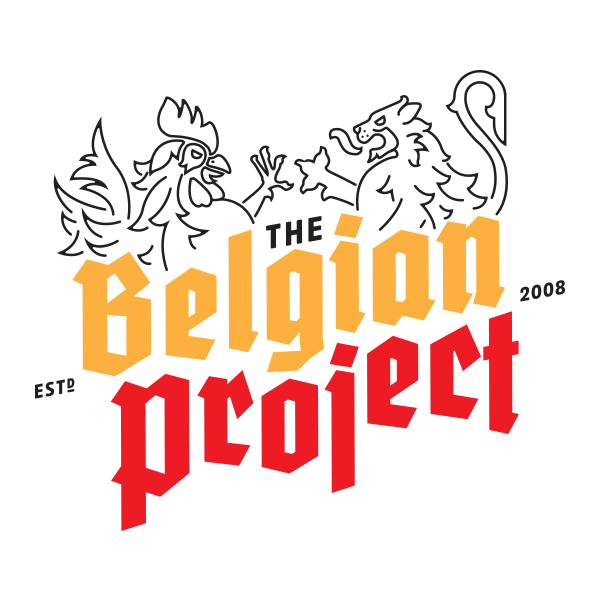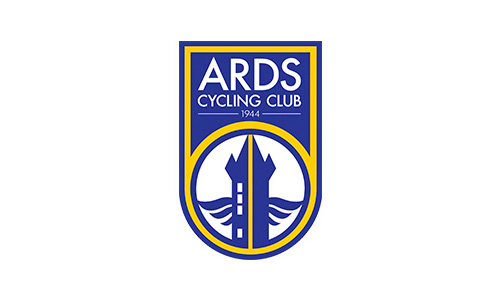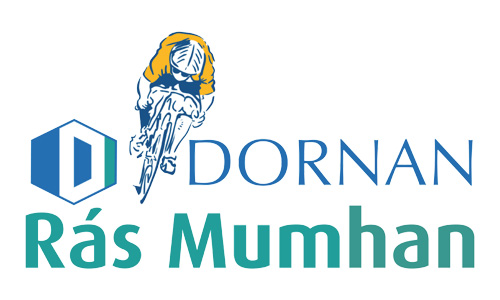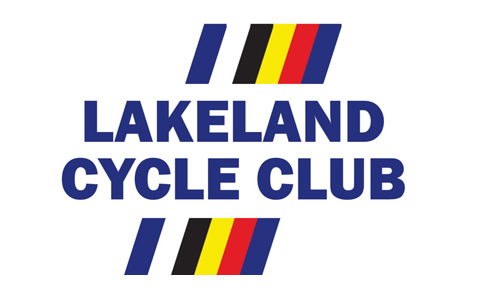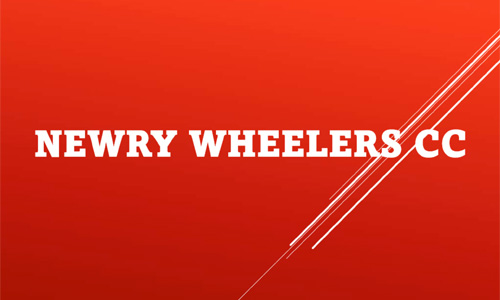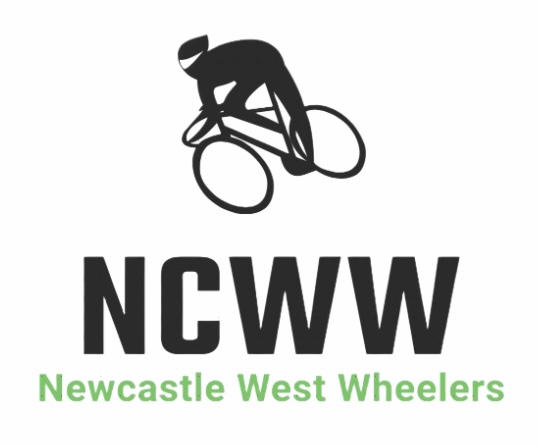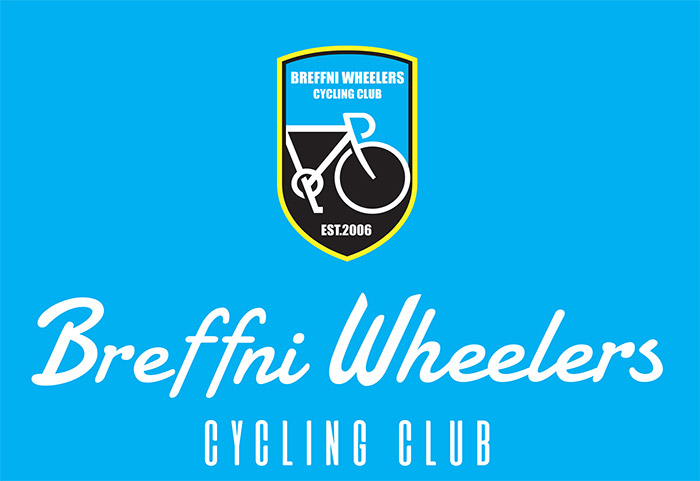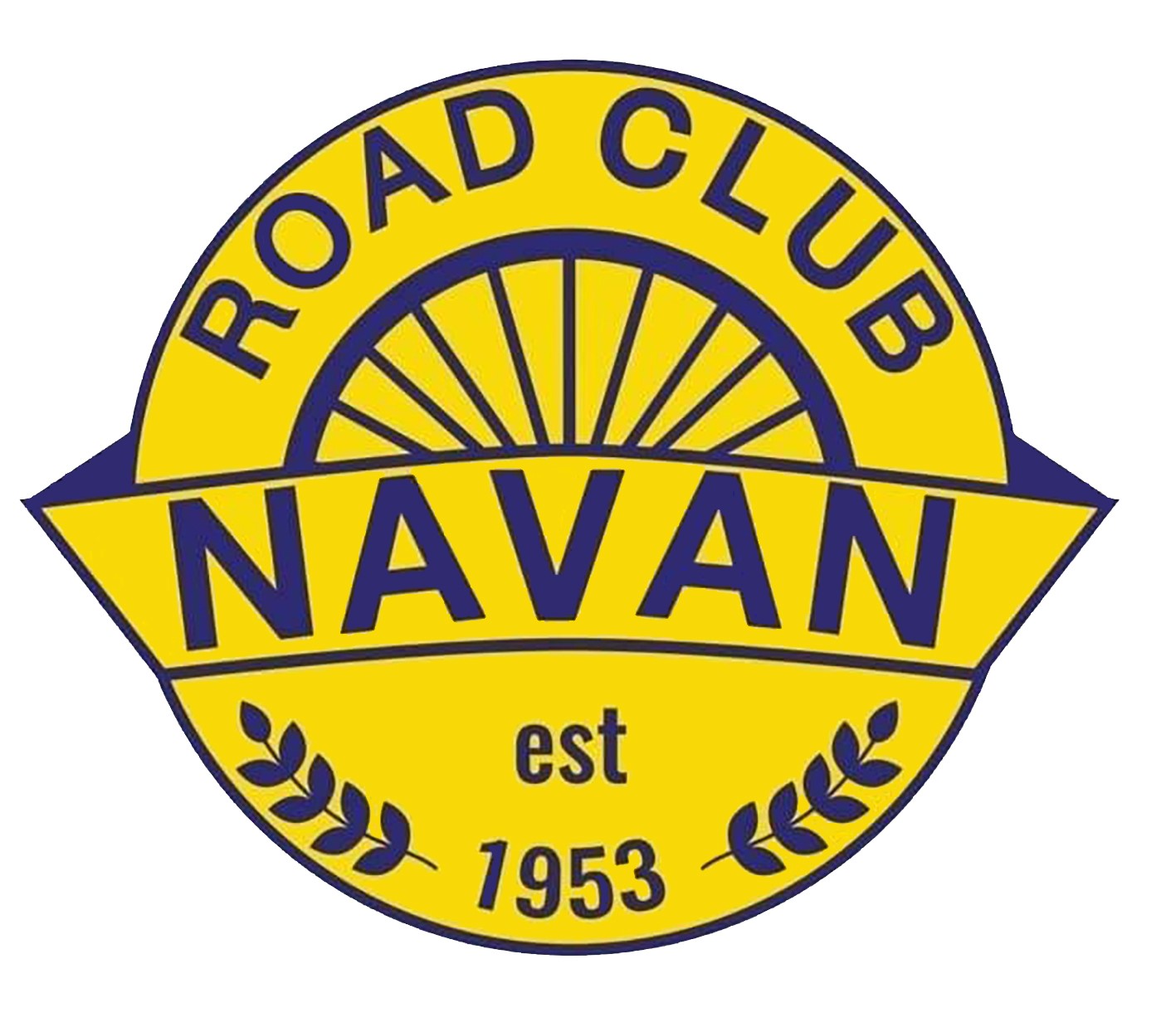
Foreword Dany B: As a young boy it was a treat to stay with my grandfather (Bompa) during school holidays, we talking end 60 ties, and in the evening we talked about cycling sitting at the front door of his house (he worked on bikes in his shop after the war in 1918)…It was the time of the first Japanese cars about and we used to count how many passed during the evening, it was on the main road to Bruges from the coast, near the grave yard where he was laid to rest ( Military Grave) in Wenduine (West Flanders coast) When my mother was young, her and her 3 sisters had to work in the brewery yard while my Bompa done the delivery’s of wooden crates to the local pubs, first by horse, and later by a wee open van, and he never touched a drink in his life, and walked a few miles each day till he died well in his nineties..We talked about the war cyclists and his time in the trenches of France, shot in the chest, but a bullet in his belt saved him, the bullet is still in family hands as souvenir. When fit for duty again he was send back to the front, and survived the carnage….When I asked him did he shot many Germans the answer was no…the rats in the trenches far more dangerous he told me, and saved his bullets for them!! As it is Remembrance day today, I thought to dedicate this stories below to him…He and his fellow soldiers been responsible for the freedom we now have…a big thank you (here below the bullet who saved my grandfathers life) The reason I wear a Poppy in November!!


Not every soldier had a bike, but some WWI infantry units—and sometimes entire battalions—had only cyclists in their ranks. Professional riders were often recruited to lead these units, which were especially common during the first two years of the war. Seen here above is a “compagnie cycliste”of the French army, a unit that relied on folding bikes. Other countries with cycling units included Britain, Italy, Belgium, Germany, and Russia.

In times of great national and international stress, leaders always look for ways to keep the population calm to avoid uprisings, anarchy and all out civil war. Sport is a great diversionary device at such times. With the Nazis occupying most of mainland Europe they promoted the continuation of such activities. For this reason although the Tour de France and Giro ceased, races like the five monuments continued. Incredibly, the Tour of Flanders took place throughout World War II. Paris-Roubaix was cancelled in 1940, -41 and –42, but it was back in 1943 and has continued since uninterrupted. During the war years Liege-Bastogne-Liege was only run in 1943. In Italy the Milan-San Remo only missed 1944 and 1945 and the Tour of Lombardy missed 1943 and 1944.

With the deprivations and restrictions of war it is not surprising to see each of the great races run during the war dominated and won by local nationals. However if you look at the period from 1936 to 1950, cycling was blessed with possibly two of the greatest riders ever. Gino Bartali (‘Gino the Pious’) came to international prominence with his 1936 Giro and Lombardy wins. Fausto Coppi (‘Il Campionissimo’) entered the arena in 1940 when he won the Giro. From that time an intense rivalry erupted between Bartali and Coppi. Both men won the Tour de France twice, Coppi won the Giro five times and Bartali won it three times. Between them they won the Milan-San Remo and Tour of Lombardy fifteen times.

Paul Deman, the first Tour of Flanders winner, who transported spy messages for the allied forces with his bicycle from the front zone to the borders of the Netherlands!!

The UK are represented by Thomas Jefferson Gascoygne (Whittington, 17 August 1876 – Ypres, 4 October 1917), an English professional cycling champion and world record holder who competed internationally on both bicycles and tandems. Short after the turn of the century he migrated to Australia with his family where lived in the neighborhood of Melbourne. After the outbreak of the War he served in the Australian 21st Battalion and died in 1917 as corporal in the 3rd Battle of Passchendaele. (sorry no photo of Thomas)

